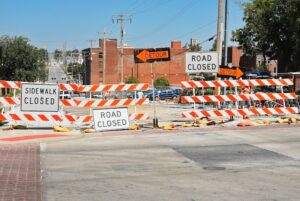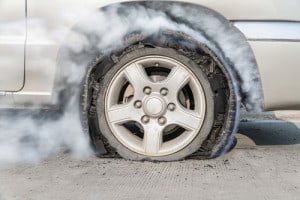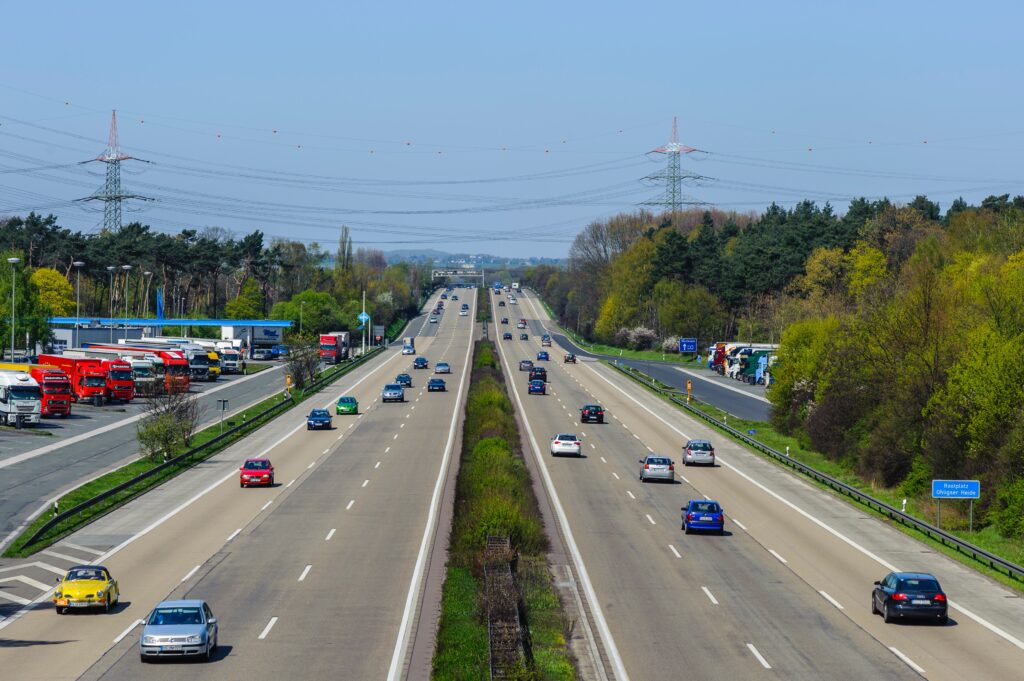How to Navigate the Hidden Hazards of Warm-Weather Driving
Road trips, sunset drives, and convertible weather can be wonderful parts of summer driving, but they aren’t the whole story. Behind its sunny appeal, summer driving can be rife with risks that increase crashes, injuries, and fatalities from June through August.
 Here’s why, diving into:
Here’s why, diving into:
- Summer Car Accident Statistics
- 5 Summer Driving Hazards & How to Dodge Them
- When Summer Driving Risks Cause Accidents, Injuries & Death
To explore more roadway safety insights, check out Fatal Accidents Drop in 2024, Texas Ranks 17th for Worst Roads in the U.S., and Deadly Work Zone Accidents Highlight Urgent Need for Action.
Highway Heatwave: Summer Car Accident Statistics
Summer months are consistently the deadliest for drivers, with more wrecks, including deadly crashes, happening in June, July, and August than in any other month of the year (except for October).
 In fact, according to the latest data and findings:
In fact, according to the latest data and findings:
- In 2024, August was the 2nd deadliest month on Texas’ roads, with 327 fatal wrecks resulting in 374 traffic deaths (October was the number one deadliest month).
- In August, the deadliest days to be on the roads were Wednesdays and Fridays, when fatal auto accidents spiked and August took the lead in traffic deaths.
- Roughly 1 in 3 summer traffic deaths involves a teen driver. This is why transportation regulators have designated summertime as the “100 Deadliest Days.”
- In summer, roughly 8 people die daily in fatal wrecks involving teen drivers.
- Drunk driving accidents are consistently high year-round, making alcohol a contributing factor in many summer car accidents.
- Summer holidays are especially deadly times. In particular, Memorial Day, July 4th, and Labor Day are all associated with spikes in fatal auto accidents and traffic deaths. While July 4th was the single deadliest holiday for Texas drivers in 2024, Memorial Day was the 2nd deadliest holiday, followed by Labor Day.
These statistics paint a grim picture of the real dangers and losses associated with summer car accidents. They don’t unpack why summer brings elevated risks, however.
5 Summer Driving Hazards & How to Dodge Them
Several factors contribute to higher risks on the roads in summertime. For one, more motorists tend to drive for longer periods of time in June, July, and August, taking advantage of extended daylight hours. That fact alone can amplify summer crash risks, and it’s often compounded by the following factors as well.
1. Teen Drivers
With school out, inexperienced teen drivers tend to be behind the wheel a lot more during the summer, logging more miles—and often traveling with friends.
Lacking experience in handling complex traffic situations, teen drivers can be accident-prone, especially when they are distracted or impaired.
Tip: Encourage teens to prioritize safety, avoid driving around with other teens, and never use their cellphone while driving.
2. Highway Work Zones
 Road construction typically ramps up in warmer months, creating unpredictable work zones with:
Road construction typically ramps up in warmer months, creating unpredictable work zones with:
- Reduced speed limits
- Sudden lane changes
- Narrowed shoulders
- Moving equipment and crew
As high-risk areas on the roads, highway work zones can be sites of sudden slowdowns, merging traffic, and detours, requiring drivers to be vigilant, slow down, and follow the rules of the road. All too often, that doesn’t happen, causing work zone accidents.
Tip: Slow down in and around work zones. Look out for and comply with all posted signs. Keep an eye out for workers, other motorists, and changing traffic patterns.
3. Alcohol, Summer Parties & Holidays
Summer usually means surges in drunk driving, especially around weekends and ‘party’ holidays, like July 4th. In the summer of 2024, more than 1,000 people lost their lives in fatal motor vehicle accidents. That’s roughly 11 deaths every day of summer.
Tip: Never drink and drive. Always designate a sober driver, use rideshares, or call a cab.
4. More Motorcycles
Warmer weather tends to bring more riders. Harder to see and more vulnerable in crashes, motorcyclists can face higher risks when:
- They’re not sober, focused, or compliant with the rules of the road.
- Drivers fail to check their blind spots, yield rights-of-way, or leave sufficient following distance between vehicles.
- Visibility is especially poor due to weather or evening conditions.
Tip: Double-check blind spots, signal clearly, and slow down near motorcycles.
5. Tire Blowouts & Mechanical Failures

Summer heat and hot pavement can:
- Overheat engines
- Increase tire pressure, elevating blowout risks
- Push vehicle batteries and engine cooling systems past their limits
- Expand brake fluids and brake pads, reducing braking efficiency
The longer the drive and the higher the heat, the more likely these problems are to arise.
With that, vehicles that are not properly maintained for summer heat can experience more frequent and more catastrophic breakdowns, raising crash risks.
Tip: Check tire pressure and fluid levels often. Don’t ignore warning lights or unusual smells. If you’re planning a summer road trip, schedule a pre-trip inspection for your vehicle.
When Summer Driving Risks Cause Accidents, Injuries & Death
Summer driving hazards are no great mystery. They’re a well-documented seasonal menace that comes with avoidable risks. While there’s a lot you can do to minimize those risks, no one can turn back time once a summer car accident happens. When that occurs, it’s time to explore the legal options for holding negligent parties accountable and seeking justice.


